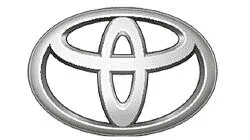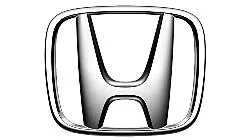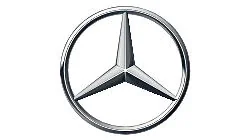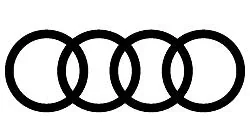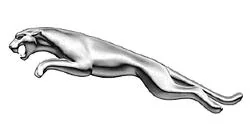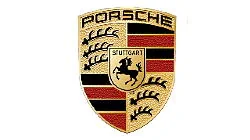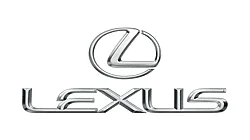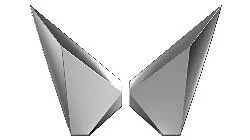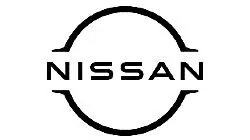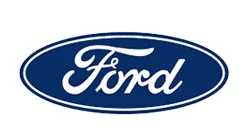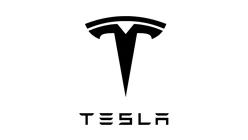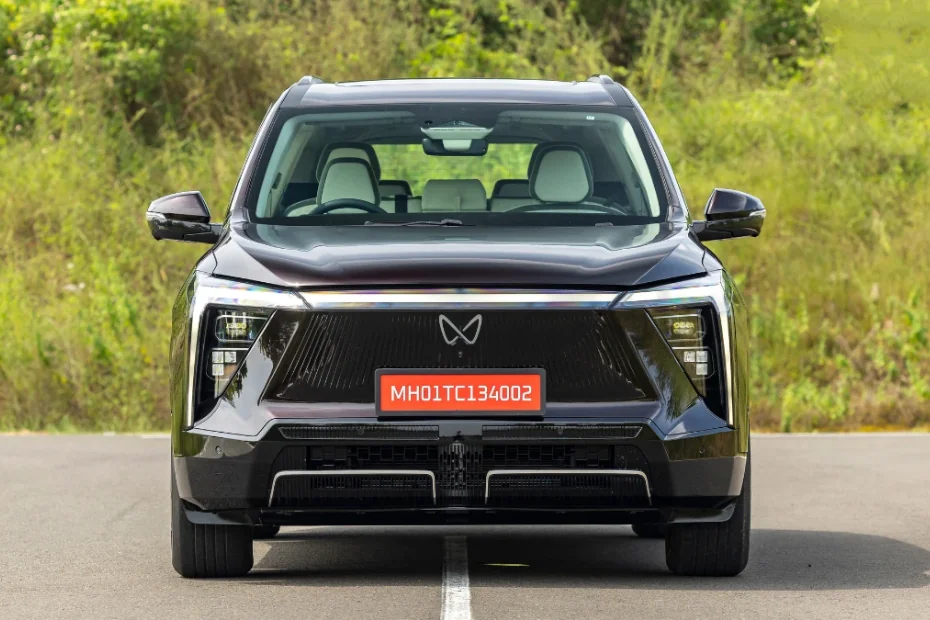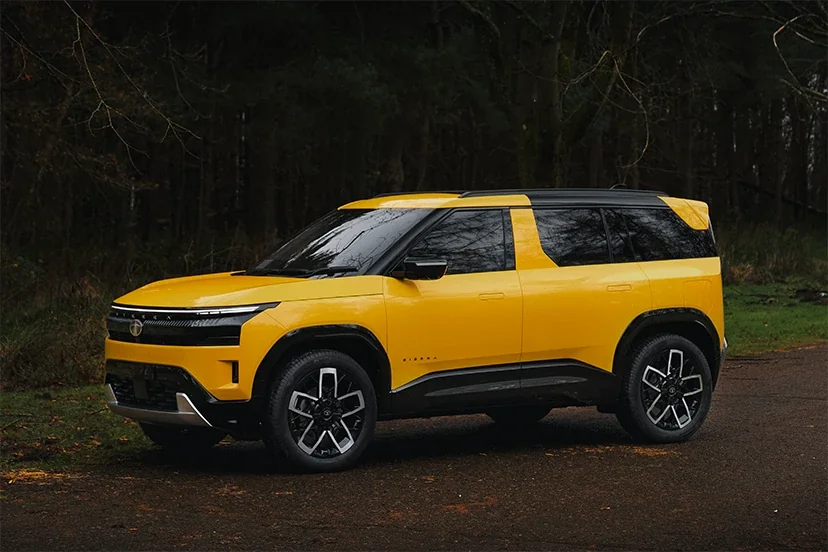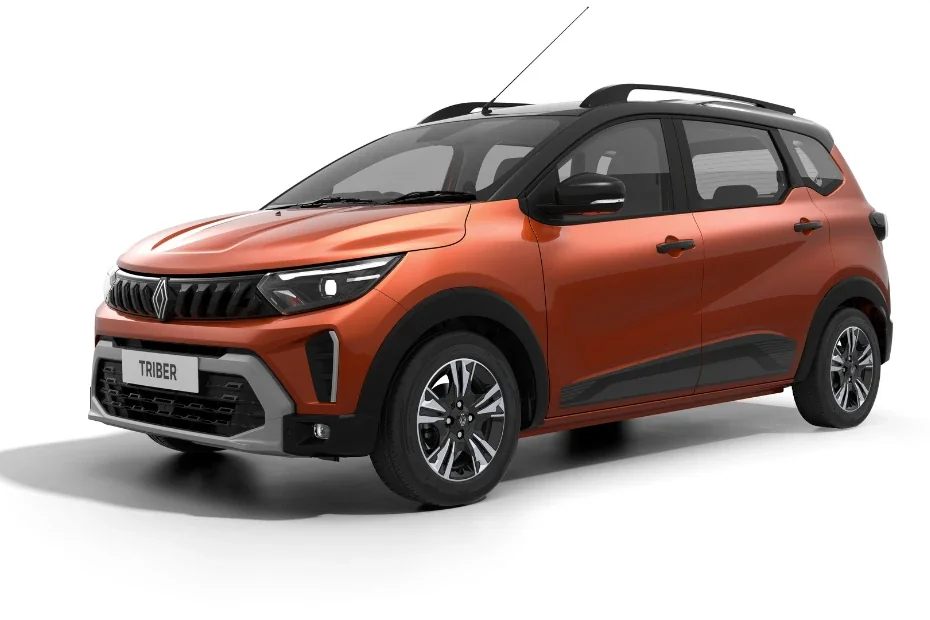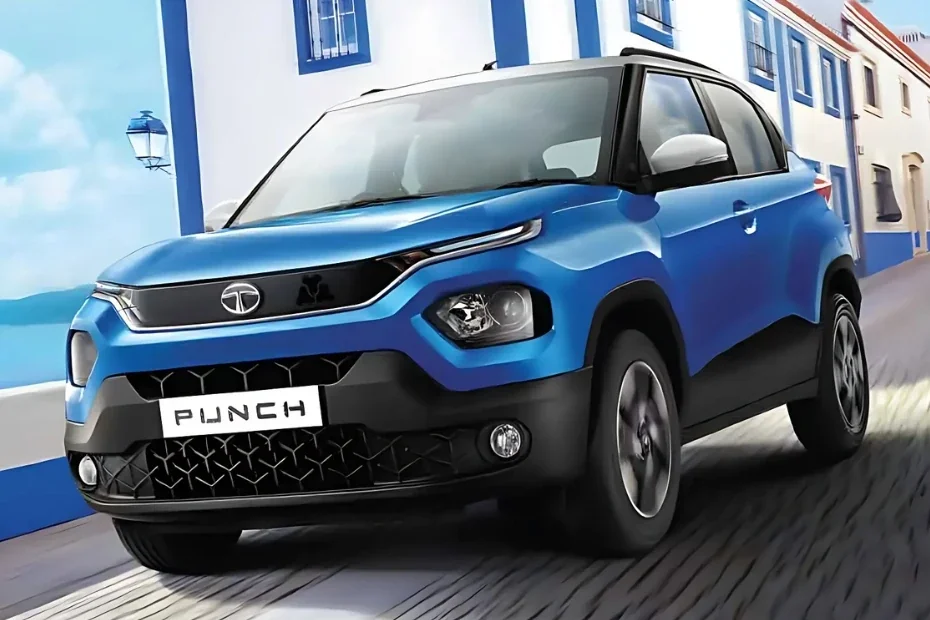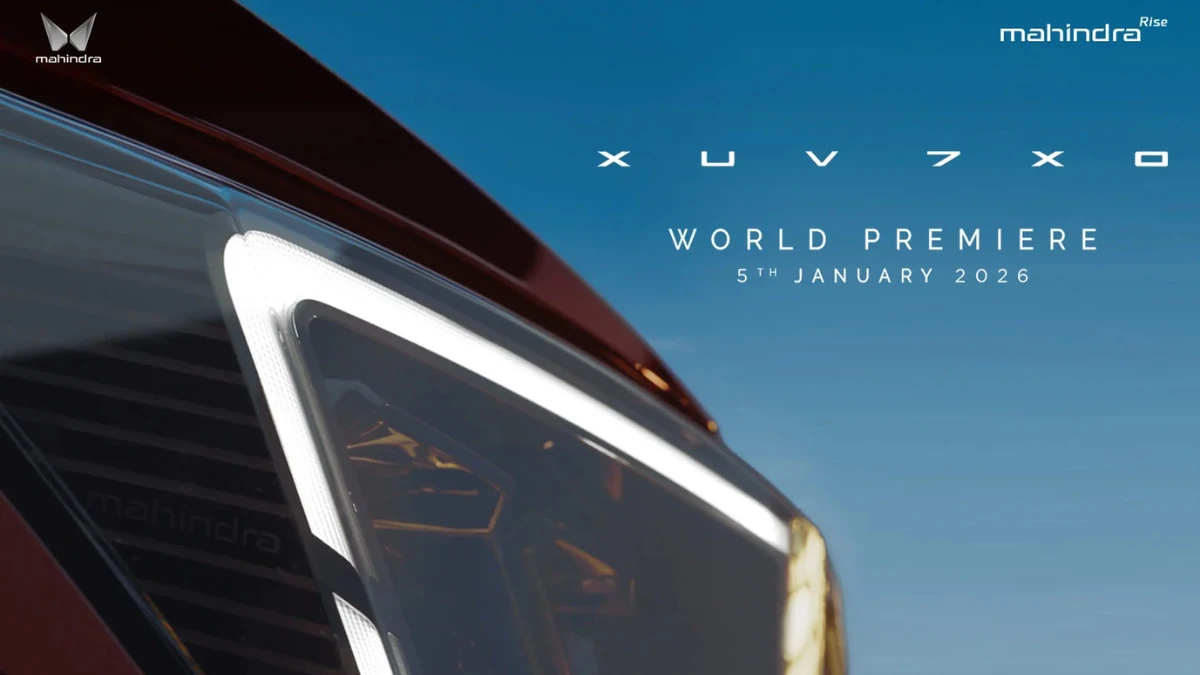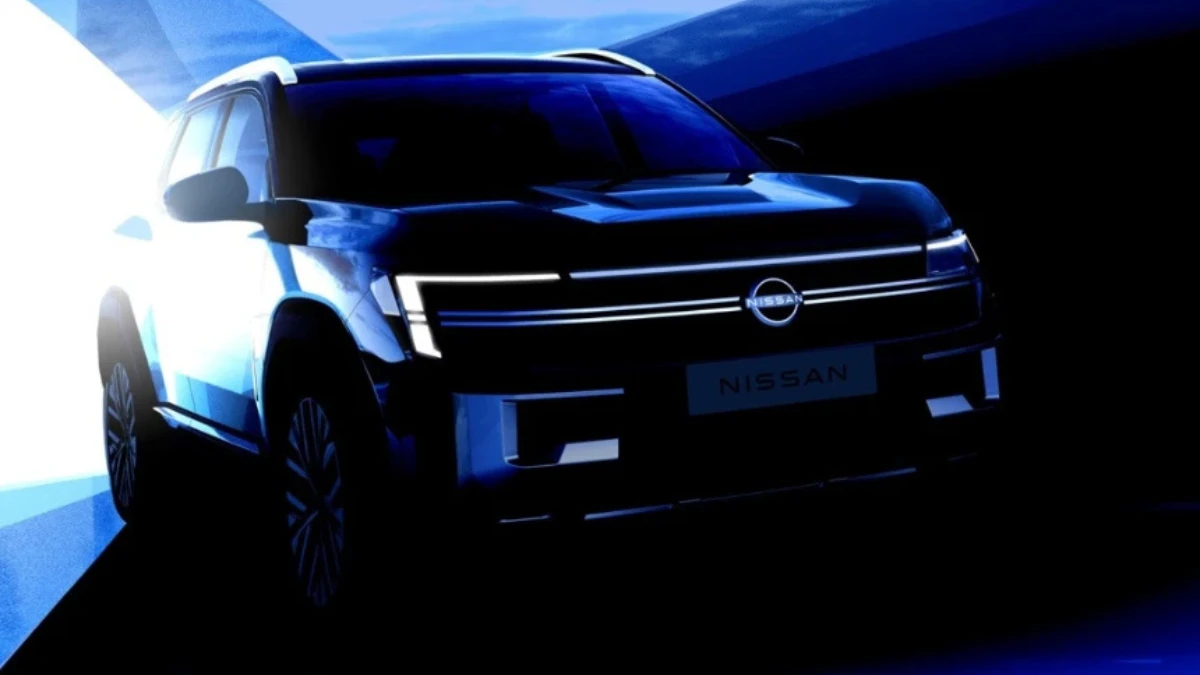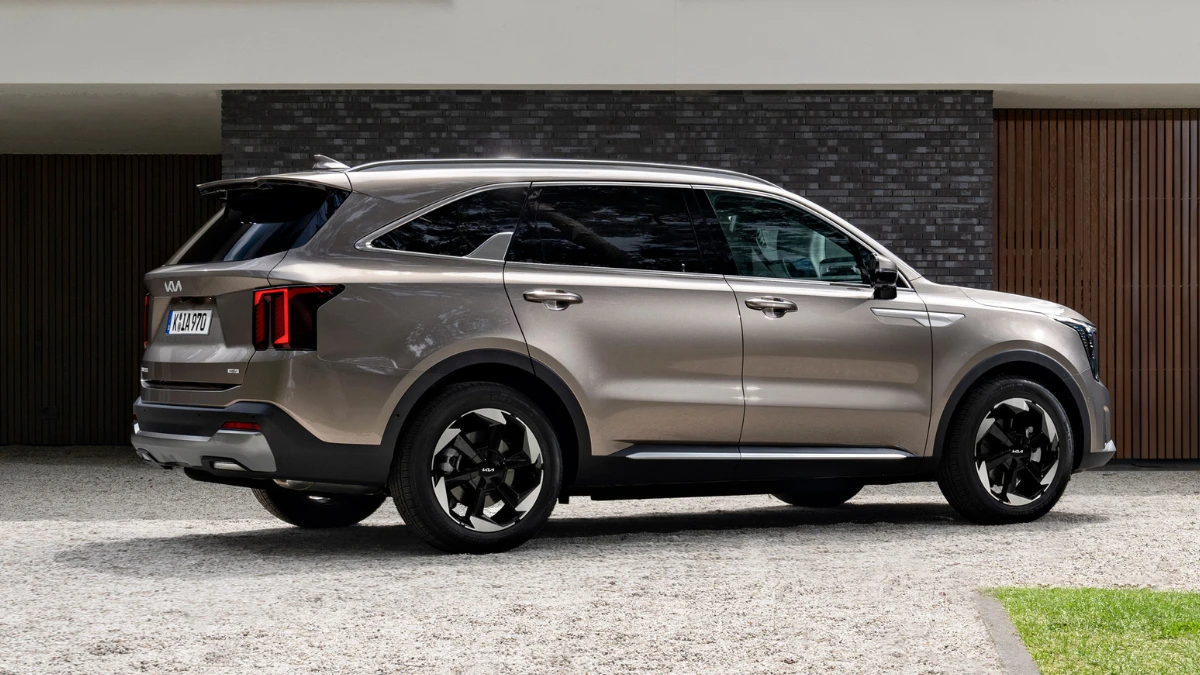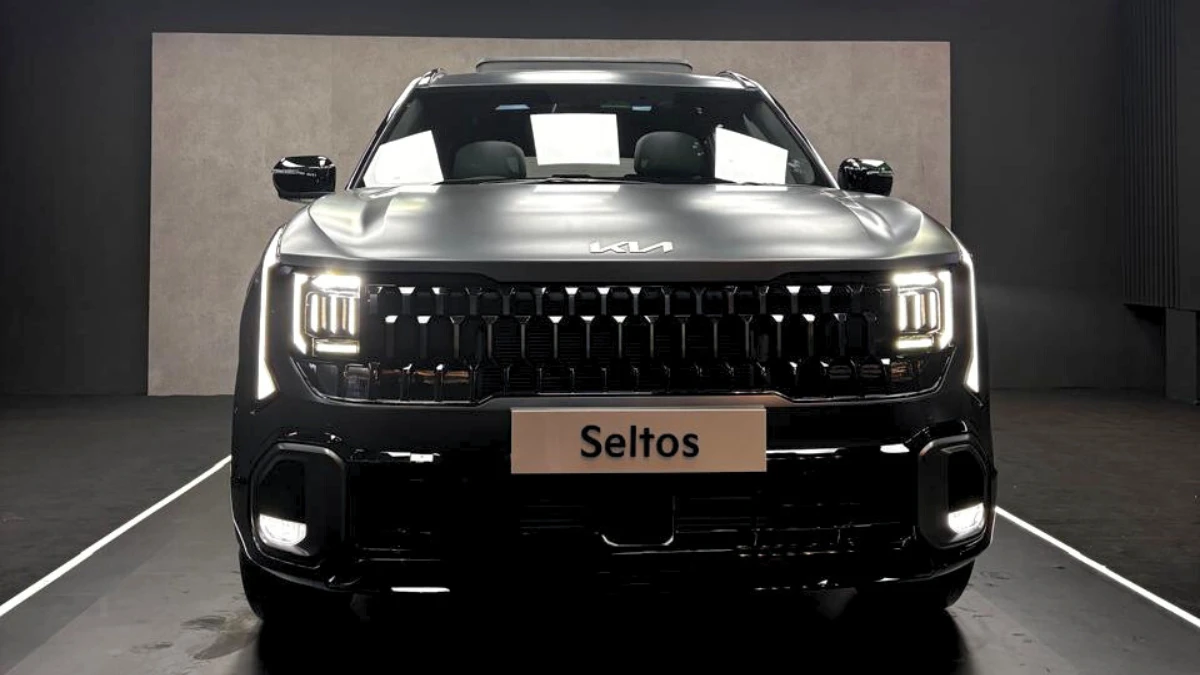
Tata Motors India has unveiled an electric version of its highly sought Tata Harrier, the Harrier EV. While the all-electric variant is yet to be launched, it was showcased at the Auto Expo 2025 in production-spec form. The Harrier EV will be similar to the diesel variant, with a few major points differing between them.
Here is the comparison of the expected differences between the two models, based on information available until now.
Tata Harrier EV Vs Diesel - Exterior
Tata Harrier EV and the regular diesel version resemble each other in body design but differ slightly in the design. The Harrier EV features an open grille, which is typical in electric vehicles, that helps in aerodynamics and a new bumper with vertical slats like the Tata Nexon EV. The regular diesel Harrier, however, features a chrome mesh grille and a more traditional appearance.
The Harrier EV will also come with aerodynamically styled alloy wheels, while the diesel version comes with 18-inch black-out alloys, or 19-inch wheels on the Dark Edition. The Harrier EV will also come with a special "Harrier.EV" badge, while the diesel version comes with the standard "HARRIER" badge. Both of the cars are going to be equipped with combined LED tail lights at the back, but EV will have an opportunity to lay eyes on vertical slats equipped rear bumper like the new front look.
Tata Harrier EV Vs Diesel - Interior
Interior for the Harrier EV and its diesel version is going to see similar interiors within the cabin along with minor modifications. The Harrier EV will also receive a two-tone white and black interior colour, which will make it appear trendy and modern, similar to the other Tata electric vehicles like the Nexon EV. The stock Harrier will receive a more traditional, model-specific color.
Technology and comfort features are considered, both the cars will receive a 10.25-inch digital driver display and a 12.3-inch display. Both will also be equipped with options like a panoramic sunroof, wireless charging, and dual-zone climate control. The EV can also be equipped with options like a powered tailgate and summon mode, where the vehicle can be driven in the forward or rear direction using the key.
Tata Harrier EV Vs Diesel - Powertrain
The most significant difference between the Harrier EV and regular diesel Harrier is their powertrains. The Harrier EV will have a dual-motor all-wheel-drive (AWD) powertrain with an all-electric setup which will produce approximately 500 Nm torque. The setup will provide respectable acceleration as well as nice handling, and the EV will come with a range of over 500 kilometers in a full charge and thus perfect for highway driving.
Alternatively, the Harrier has a 2.0-litre Kryotec diesel engine producing 167.67 bhp and 350 Nm of torque. It is available with a 6-speed manual or 6-speed automatic transmission, providing confident power for city travel and highway cruising.
Tata Harrier EV Vs Diesel - Safety Features
The Tata Harrier EV and the diesel variant are likely to share the same safety features. Both the vehicles will be equipped with a maximum of 7 airbags, i.e., curtain, side, and front airbags, to protect the occupants. Safety has been given a high priority in both the vehicles by Tata Motors, e.g., electronic stability control, a 360-degree camera, and hill-hold assist in both the EV as well as diesel variants.
Besides, both vehicles are also going to have Level 2 Advanced Driver Assistance Systems (ADAS) with functional features like lane-keeping assist, automatic emergency braking, and adaptive cruise control, which will also enhance general road safety.
Tata Harrier EV Vs Diesel - Pricing
The Tata Harrier EV has yet to launch and therefore price details aren't accessible. But it is expected to come in a price range of Rs. 25-30 lakh (ex-showroom), comparing to the diesel variant for its electric powertrain and additional features. The diesel Harrier starts from Rs. 14.99 lakh and goes up to Rs. 26.50 lakh (ex-showroom) based on the chosen version and features.
Also Read: 2025 Lexus LX 500d – What’s New in This Luxury SUV?
About Author
Kritika Dadhich, a skilled writer who seamlessly juggles her roles as a blogger and poet. With a deep love for cars and a talent for storytelling, she brings fresh insights and captivating narratives. Join her on an exciting journey through the world of automobiles.
Top Car Brands in India
Top Car Brands in India
Trending Car News in India
Trending Cars in India
Trusted Dealer
All Over India
Irresistible Offers
Stay Updated, Pay Less
Compare Cars
Choose the Right Car
Easy Finance
Multiple Finance Options

Monday - Saturday
10:00am - 6:30pm
+91 7947722777, +91 7479000444, +91 9311718549
contact@carlelo.com









